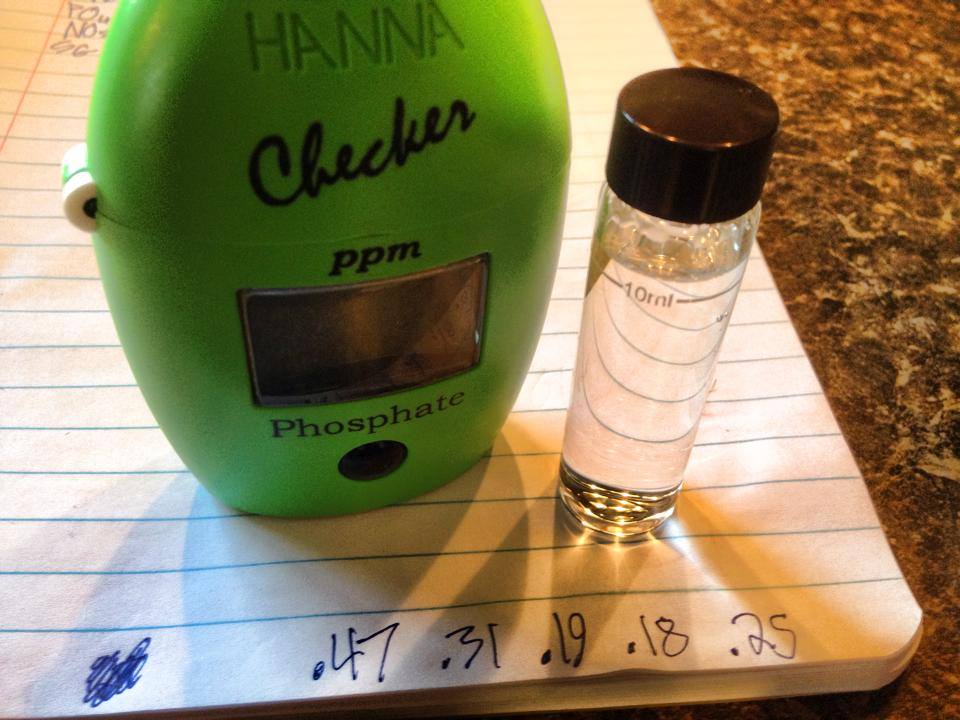 Phosphate levels have long been the debate of reef keeping aquarists, with folks generally falling into one of two categories. Most hobbyist have the persisting opinion that elevated phosphate concentrations are generally bad because they fuel algae growth and prevent coral calcification. The other group takes almost an entirely opposite approach. They actually welcome slightly elevated phosphates because of a plethora of reasons, including the desire to avoid chasing numbers, to avoid using certain types of artificial controls, or simply because their phosphate levels have had a beneficial impact on their coral growth and haven’t led to other issues. Regardless of which side of that aisle you fall on, there is a big underlying problem with determining the amount of phosphate in your aquarium water…it just cannot be done accurately by the tools readily available to the aquarium trade. Phosphate checking in the aquarium hobby is tackled with two different methods. The longest standing method is based on titrating a water sample with a couple of chemicals and comparing the color change to a scale of phosphate concentrations. This method is quick and easy to use, but it doesn’t offer the resolution that aquarists often need. Most of the time, if the phosphate isn’t really high, it shows as zero on the scale and aquarium keepers are lulled into a false sense that their water is phosphate-free MORE: The Problems with Testing Aquarium Water
Phosphate levels have long been the debate of reef keeping aquarists, with folks generally falling into one of two categories. Most hobbyist have the persisting opinion that elevated phosphate concentrations are generally bad because they fuel algae growth and prevent coral calcification. The other group takes almost an entirely opposite approach. They actually welcome slightly elevated phosphates because of a plethora of reasons, including the desire to avoid chasing numbers, to avoid using certain types of artificial controls, or simply because their phosphate levels have had a beneficial impact on their coral growth and haven’t led to other issues. Regardless of which side of that aisle you fall on, there is a big underlying problem with determining the amount of phosphate in your aquarium water…it just cannot be done accurately by the tools readily available to the aquarium trade. Phosphate checking in the aquarium hobby is tackled with two different methods. The longest standing method is based on titrating a water sample with a couple of chemicals and comparing the color change to a scale of phosphate concentrations. This method is quick and easy to use, but it doesn’t offer the resolution that aquarists often need. Most of the time, if the phosphate isn’t really high, it shows as zero on the scale and aquarium keepers are lulled into a false sense that their water is phosphate-free MORE: The Problems with Testing Aquarium Water










0 Comments